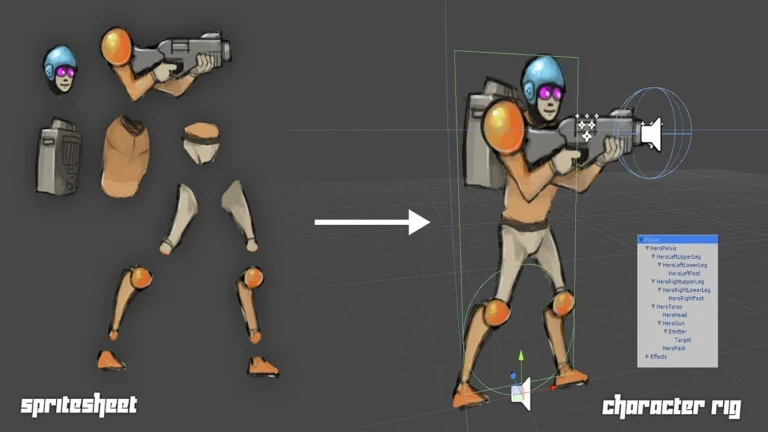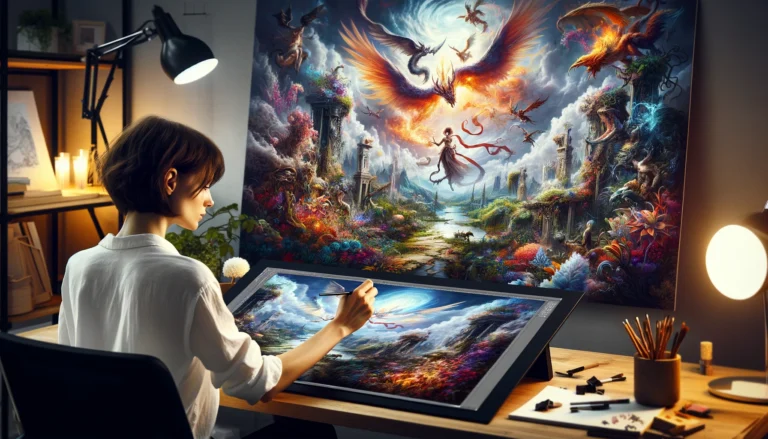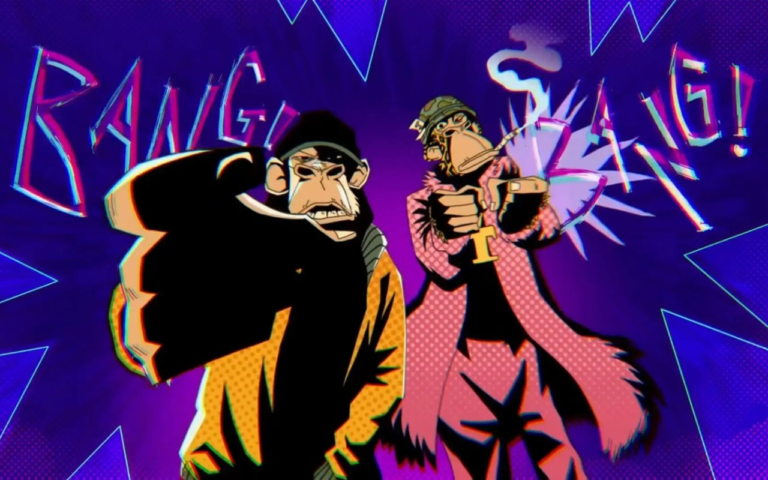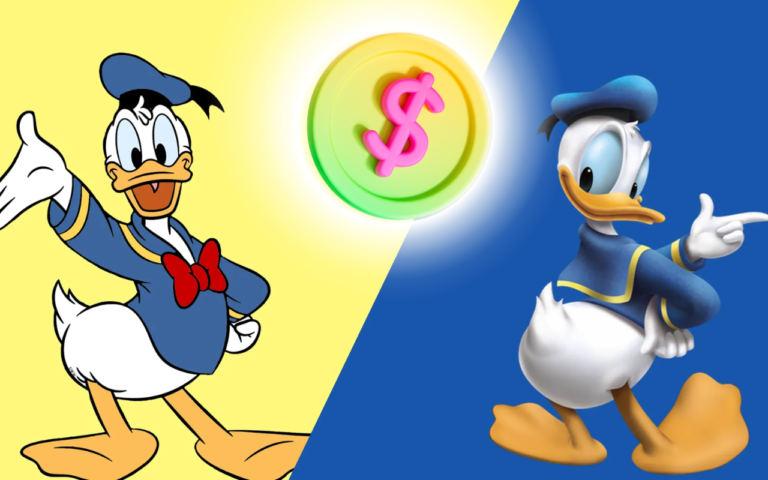Animation, as an exquisite art form, relies on a multitude of principles to bring characters to life. One of the fundamental concepts that underpins the charm and allure of animated characters and objects is “Appeal.” In the world of animation, appeal refers to the unique quality that makes characters endearing, relatable, and memorable to the audience. Mastering this principle is crucial for animators and character designers, as it forms the basis for creating compelling narratives and immersive worlds.
In this article, we will unwrap why appeal is important in animation and how this technique is used in the production pipeline.
II- Historical Context
In the early days of character animation services, pioneers like Walt Disney and his team revolutionized the industry by introducing characters that possessed a distinct appeal. Mickey Mouse, for instance, became an international icon not only due to his cheerful personality but also because of the appeal embedded in his design and animation. The creators of these characters understood the power of appeal, setting the stage for its evolution over the years.
As animation techniques advanced, appeal became a more nuanced concept. It was no longer confined to mere visual aesthetics; it encompassed the emotional depth and personality traits of characters. This evolution paved the way for a comprehensive understanding of appeal in contemporary animation.
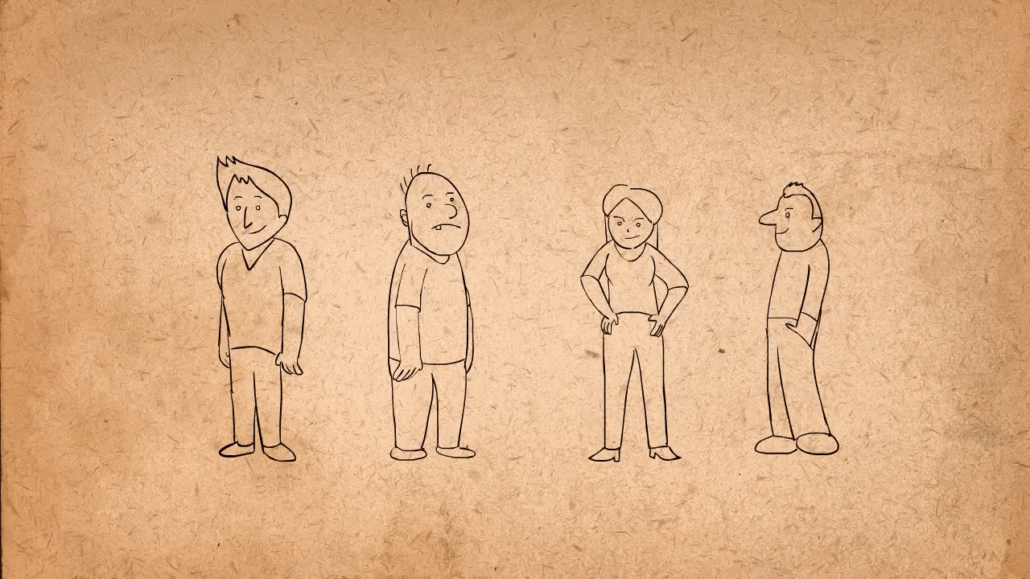
III- Understanding Appeal in Animation
III-I- Definition and Components of Appeal
Here we are at the last of 12 principles of animation, At its core, appeal comprises several elements, each contributing to the overall charm of a character. Visual appeal involves the character’s design, including proportions, silhouettes, and distinctive features. Emotional appeal emanates from the character’s emotions, expressions, and reactions, allowing the audience to empathize with their experiences.
Personality appeal, on the other hand, is rooted in the character’s traits, quirks, and development throughout the narrative. A harmonious blend of these components results in a character that resonates deeply with the viewers.
All these components have to come together in order for a character to be the most appealing to viewers, and no, it’s not about personal preference. Not everyone chose to like Joker or Batman when they weren’t designed. The appeal level was so high that it made the characters stand out.
III-II- Relationship Between Appeal and Character Design
Character design plays a pivotal role in bringing appeal to life. They meticulously craft the visual aspects of characters, ensuring that every line, curve, and color choice contributes to the character’s appeal.
Proportions are carefully balanced, enabling characters to move in ways that are both believable and engaging. Silhouettes are distinctive, allowing characters to be recognizable even in silhouette form. Expressive facial features are essential, enabling characters to convey a wide range of emotions, further enhancing their appeal.
III-III Appeal in Motion
Appealing character motion utilizes smooth transitions between poses, avoiding anything too abrupt or choppy. Keys and breakdown poses guide graceful arcs and follow through. Overlapping action, where different parts of a character move at different rates, enhances appeal by increasing a sense of weight. Several animation principles are employed to enhance appeal further:
- Exaggeration: This principle involves exaggerating certain features or movements to emphasize emotions or actions, making characters more expressive and appealing.
- Squash and Stretch: By applying squash and stretch techniques, animators create dynamic appeal through movement. Characters can stretch in moments of excitement or squash down when feeling defeated, adding depth to their appeal.
- Timing: The timing of movements greatly influences a character’s appeal. Well-timed actions enhance the character’s personality, making them more appealing and believable to the audience.
- Secondary Actions: Subtle secondary actions, such as a character twirling their hair or tapping their foot, add layers to their appeal. These actions provide insights into the character’s thoughts and emotions, making them more relatable to the viewers.
By focusing on these foundational aspects of appeal, animators and character designers can create characters that leave a lasting impact on the audience. In the subsequent sections, we will delve deeper into specific techniques used to achieve appeal, exploring real-world case studies and comparisons to illustrate the principles in action. Stay tuned as we unravel the secrets behind the captivating appeal of some of the most beloved animated characters in history.
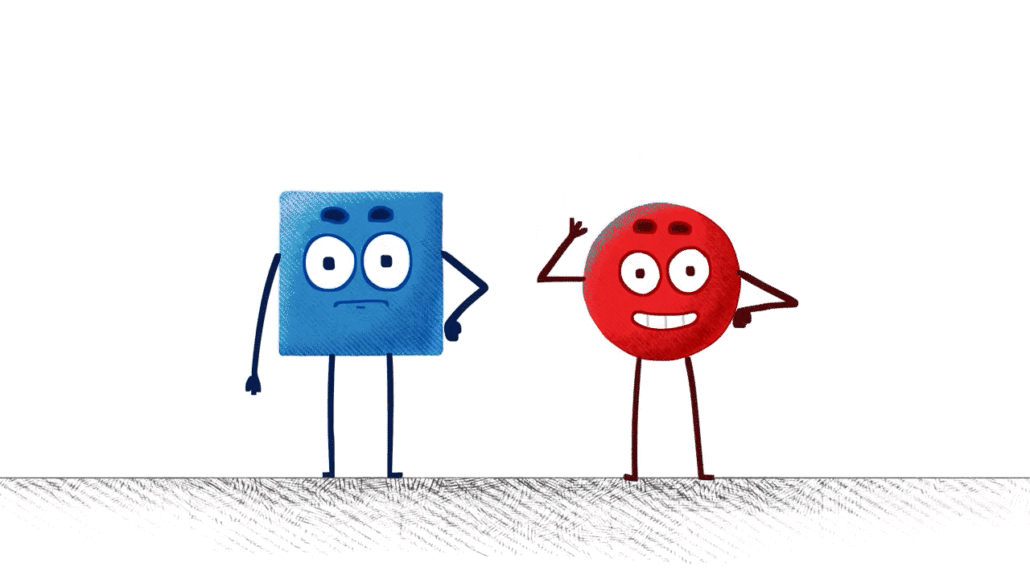
IV- Using Visual Appeal in Scenes and Shots
IV-I- Interesting Layouts and Camera Angles
Layout and Camera Angles are important in a scene, Scene composition impacts appeal and visual interest. Animators carefully choose camera angles, lighting, color, and detailed backgrounds to frame characters in appealing ways while enhancing emotion or mood. Character positioning follows compositional techniques like the rule of thirds for balanced appeal.
IV-II- Drawing the Viewer's Eye Through Lighting
Lighting in animation directs the audience’s eyes to points of focus and complements appeal. Bright, saturated lighting on characters makes them stand out from detailed backgrounds. Side lighting can model a character’s form. Silhouetting and rim lighting help characters pop off backgrounds. Lighting sets the mood and guides attention.
IV-III- Constant Refinement for Maximum Appeal
Creating true appeal requires continually reviewing and refining animation. Adjustments to a character’s eyelines, posing, scene composition, and timing incrementally improve appeal. It takes an animator’s intuitive sense of appeal and constant tweaking to create inviting, polished animation that draws audiences in.
IV-IV- Color and Visual Appeal
The role of color in animation cannot be overstated. A well-thought-out color palette can evoke specific emotions, enhance moods, and even convey character traits. Warm colors like reds and yellows often signify energy and positivity, while cooler tones like blues and greens can evoke calmness or mystery. Contrast, both in terms of color and shading, can draw attention to specific areas of the character, emphasizing their unique features and amplifying their appeal.
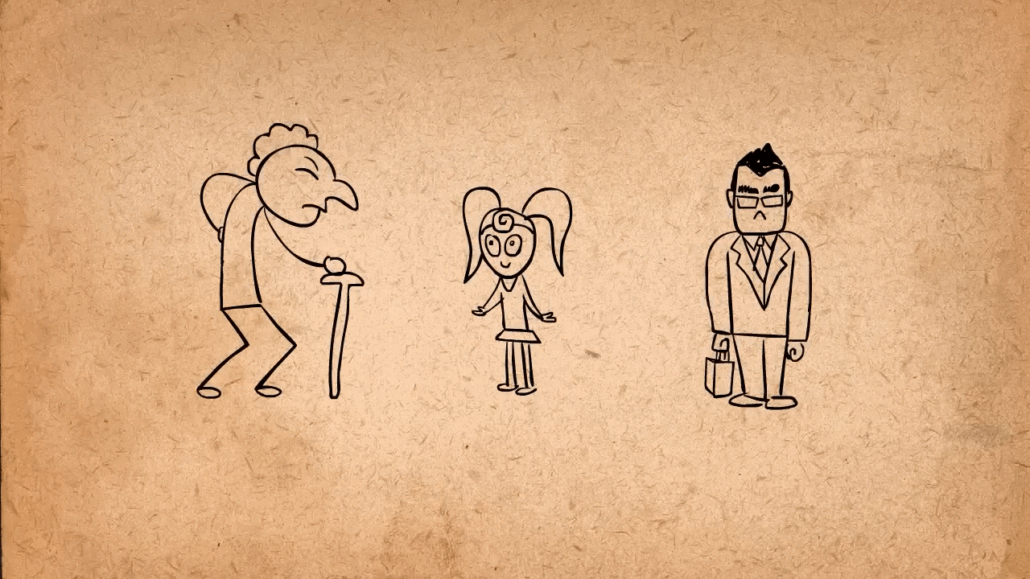
V- Case Studies
Let’s examine a classic example: Mickey Mouse. From his distinctive silhouette to his cheerful expressions, Mickey embodies timeless appeal. His round ears and friendly eyes endear him to audiences of all ages. In contrast, consider characters with deliberately low appeal, like Scar from Disney’s “The Lion King.” His sharp features, dark colors, and menacing expressions make him visually striking but intentionally unappealing, aligning with his villainous role in the story.
Comparing these character animations showcases the power of appeal in shaping our perception of them and our emotional connection to the narratives they inhabit.
Conclusion
In the vibrant world of animation, appeal serves as the linchpin that connects characters with their audience. By understanding the nuances of character design, animation principles, and the interplay of colors, animators and character designers can create characters that are not only visually striking but also deeply appealing on emotional and psychological levels. Aspiring animators should recognize the transformative impact of appeal, dedicating themselves to mastering these techniques to craft characters that leave a lasting impression.
In closing, the journey of appeal in animation continues to evolve, pushing the boundaries of creativity and storytelling. With a keen understanding of the principles discussed herein, animators possess the tools to breathe life into characters, making them resonate with audiences across cultures and generations. As we celebrate the artistry of animation, let us cherish the enduring legacy of characters whose appeal has left an indelible mark on the canvas of our imagination.

